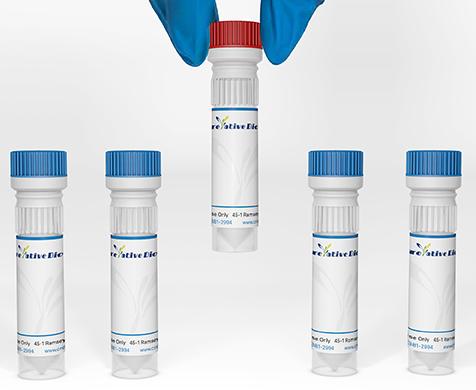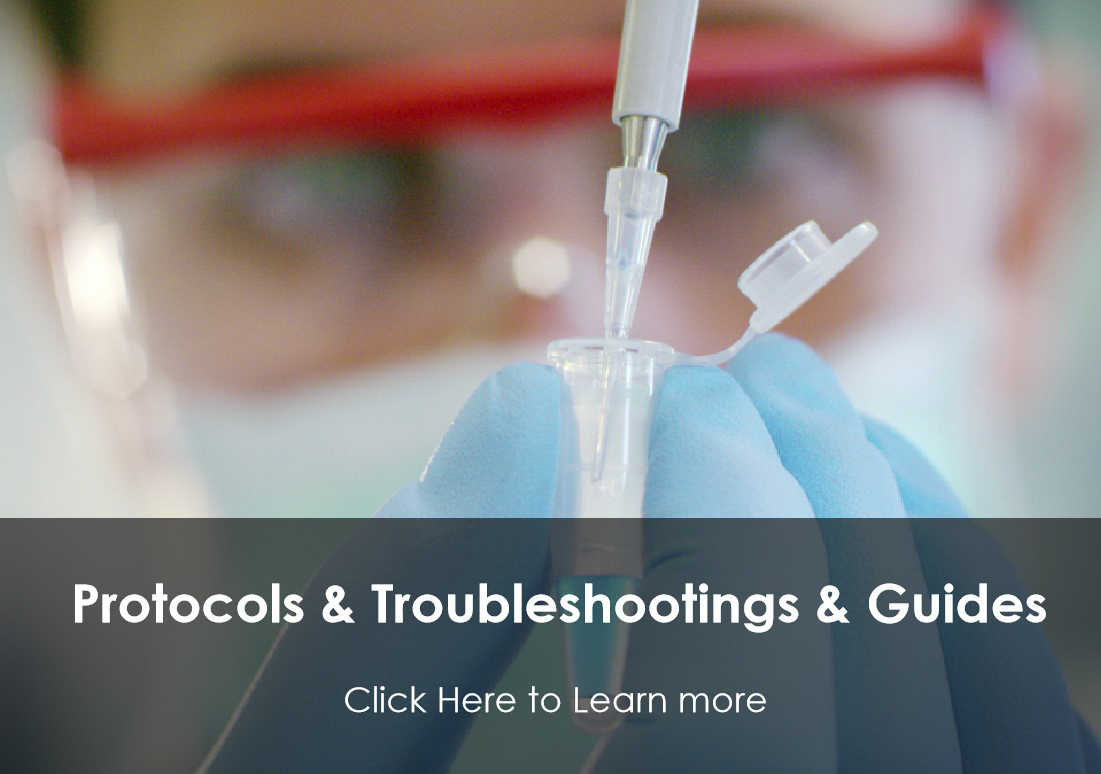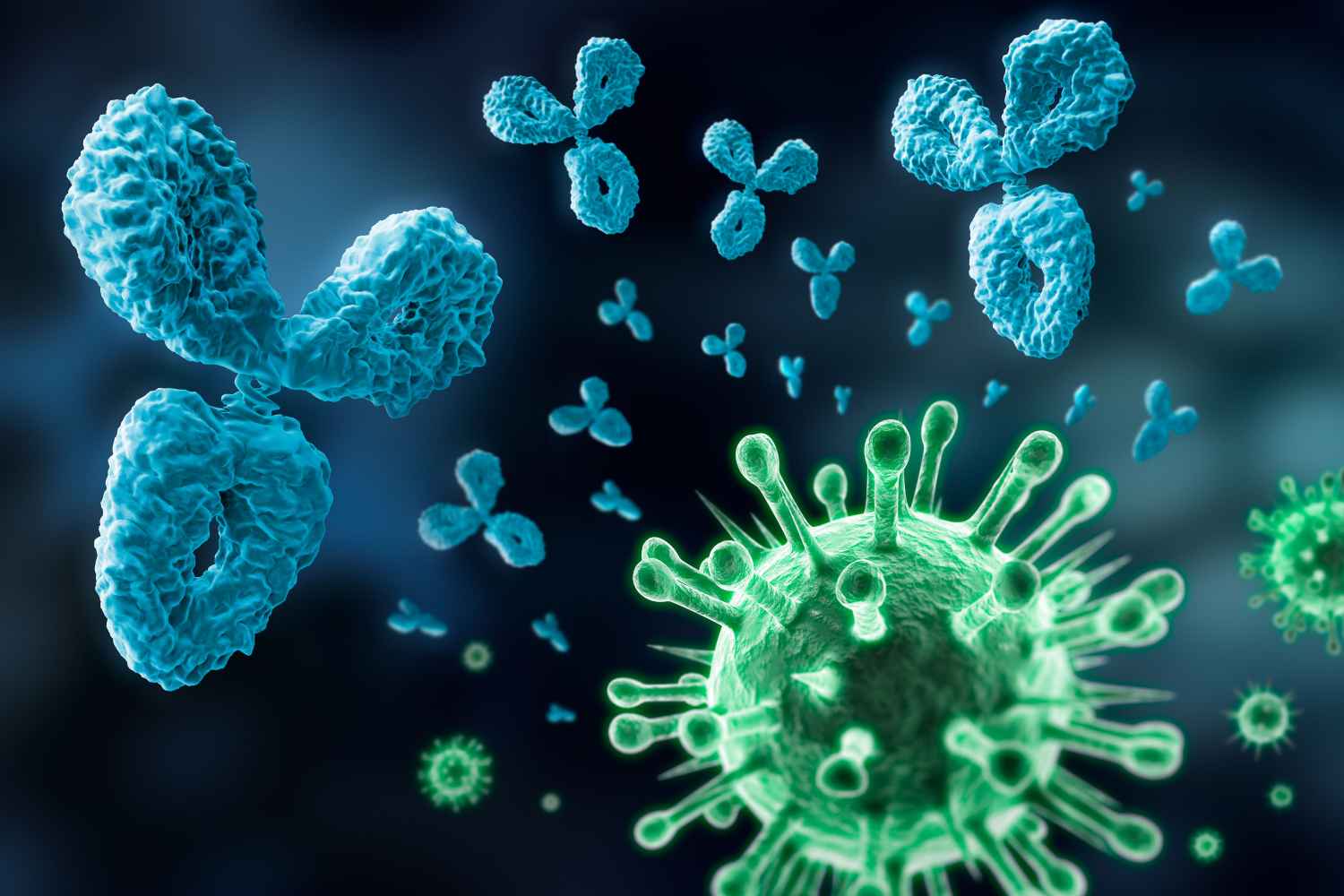PLG
Plasminogen (PLG) is a circulating zymogen that is converted to the active enzyme plasmin by cleavage of the peptide bond between arg560 and val561, which is mediated by urokinase (PLAU; MIM 191840) and tissue plasminogen activator (PLAT; MIM 173370). The main function of plasmin is to dissolve fibrin (see, e.g., FGA, MIM 134820) clots. Plasmin, like trypsin, belongs to the family of serine proteinases (Miyata et al., 1982 [PubMed 6216475]; Forsgren et al., 1987 [PubMed 3030813]).[supplied by OMIM
Full Name
plasminogen
Function
Plasmin dissolves the fibrin of blood clots and acts as a proteolytic factor in a variety of other processes including embryonic development, tissue remodeling, tumor invasion, and inflammation. In ovulation, weakens the walls of the Graafian follicle. It activates the urokinase-type plasminogen activator, collagenases and several complement zymogens, such as C1 and C5. Cleavage of fibronectin and laminin leads to cell detachment and apoptosis. Also cleaves fibrin, thrombospondin and von Willebrand factor. Its role in tissue remodeling and tumor invasion may be modulated by CSPG4. Binds to cells.
Angiostatin is an angiogenesis inhibitor that blocks neovascularization and growth of experimental primary and metastatic tumors in vivo.
(Microbial infection) ENO/enoloase from parasite P.falciparum (strain NF54) interacts with PLG present in the mosquito blood meal to promote the invasion of the mosquito midgut by the parasite ookinete (PubMed:21949403).
The catalytic active form, plasmin, is essential for the invasion of the mosquito midgut (PubMed:21949403).
Angiostatin is an angiogenesis inhibitor that blocks neovascularization and growth of experimental primary and metastatic tumors in vivo.
(Microbial infection) ENO/enoloase from parasite P.falciparum (strain NF54) interacts with PLG present in the mosquito blood meal to promote the invasion of the mosquito midgut by the parasite ookinete (PubMed:21949403).
The catalytic active form, plasmin, is essential for the invasion of the mosquito midgut (PubMed:21949403).
Biological Process
Involved in interaction with symbiontManual Assertion Based On ExperimentIDA:CAFA
Blood coagulationManual Assertion Based On ExperimentIMP:HGNC-UCL
Extracellular matrix disassemblyManual Assertion Based On ExperimentIDA:BHF-UCL
FibrinolysisManual Assertion Based On ExperimentIDA:CAFA
Labyrinthine layer blood vessel developmentIEA:Ensembl
Mononuclear cell migrationIEA:Ensembl
Muscle cell cellular homeostasisIEA:Ensembl
Myoblast differentiationIEA:Ensembl
Negative regulation of cell population proliferationManual Assertion Based On ExperimentTAS:ProtInc
Negative regulation of cell-cell adhesion mediated by cadherinManual Assertion Based On ExperimentTAS:BHF-UCL
Negative regulation of cell-substrate adhesionManual Assertion Based On ExperimentIDA:BHF-UCL
Negative regulation of fibrinolysisManual Assertion Based On ExperimentIDA:BHF-UCL
Positive regulation of blood vessel endothelial cell migrationIGI:CAFA
Positive regulation of fibrinolysisManual Assertion Based On ExperimentIDA:AgBase
ProteolysisManual Assertion Based On ExperimentIDA:CAFA
Tissue regenerationIEA:Ensembl
Tissue remodelingIEA:UniProtKB-KW
Trans-synaptic signaling by BDNF, modulating synaptic transmissionIEA:Ensembl
Trophoblast giant cell differentiationIEA:Ensembl
Blood coagulationManual Assertion Based On ExperimentIMP:HGNC-UCL
Extracellular matrix disassemblyManual Assertion Based On ExperimentIDA:BHF-UCL
FibrinolysisManual Assertion Based On ExperimentIDA:CAFA
Labyrinthine layer blood vessel developmentIEA:Ensembl
Mononuclear cell migrationIEA:Ensembl
Muscle cell cellular homeostasisIEA:Ensembl
Myoblast differentiationIEA:Ensembl
Negative regulation of cell population proliferationManual Assertion Based On ExperimentTAS:ProtInc
Negative regulation of cell-cell adhesion mediated by cadherinManual Assertion Based On ExperimentTAS:BHF-UCL
Negative regulation of cell-substrate adhesionManual Assertion Based On ExperimentIDA:BHF-UCL
Negative regulation of fibrinolysisManual Assertion Based On ExperimentIDA:BHF-UCL
Positive regulation of blood vessel endothelial cell migrationIGI:CAFA
Positive regulation of fibrinolysisManual Assertion Based On ExperimentIDA:AgBase
ProteolysisManual Assertion Based On ExperimentIDA:CAFA
Tissue regenerationIEA:Ensembl
Tissue remodelingIEA:UniProtKB-KW
Trans-synaptic signaling by BDNF, modulating synaptic transmissionIEA:Ensembl
Trophoblast giant cell differentiationIEA:Ensembl
Cellular Location
Secreted
Locates to the cell surface where it is proteolytically cleaved to produce the active plasmin. Interaction with HRG tethers it to the cell surface.
Locates to the cell surface where it is proteolytically cleaved to produce the active plasmin. Interaction with HRG tethers it to the cell surface.
Involvement in disease
Plasminogen deficiency (PLGD):
A disorder characterized by decreased serum plasminogen activity. Two forms of the disorder are distinguished: type 1 deficiency is additionally characterized by decreased plasminogen antigen levels and clinical symptoms, whereas type 2 deficiency, also known as dysplasminogenemia, is characterized by normal, or slightly reduced antigen levels, and absence of clinical manifestations. Plasminogen deficiency type 1 results in markedly impaired extracellular fibrinolysis and chronic mucosal pseudomembranous lesions due to subepithelial fibrin deposition and inflammation. The most common clinical manifestation of type 1 deficiency is ligneous conjunctivitis in which pseudomembranes formation on the palpebral surfaces of the eye progresses to white, yellow-white, or red thick masses with a wood-like consistency that replace the normal mucosa.
Angioedema, hereditary, 4 (HAE4):
A form of angioedema, a disorder characterized by episodic local swelling involving subcutaneous or submucous tissue of the upper respiratory and gastrointestinal tracts, face, extremities, and genitalia. HAE4 is an autosomal dominant form with incomplete penetrance, variable expressivity, and female predominance.
A disorder characterized by decreased serum plasminogen activity. Two forms of the disorder are distinguished: type 1 deficiency is additionally characterized by decreased plasminogen antigen levels and clinical symptoms, whereas type 2 deficiency, also known as dysplasminogenemia, is characterized by normal, or slightly reduced antigen levels, and absence of clinical manifestations. Plasminogen deficiency type 1 results in markedly impaired extracellular fibrinolysis and chronic mucosal pseudomembranous lesions due to subepithelial fibrin deposition and inflammation. The most common clinical manifestation of type 1 deficiency is ligneous conjunctivitis in which pseudomembranes formation on the palpebral surfaces of the eye progresses to white, yellow-white, or red thick masses with a wood-like consistency that replace the normal mucosa.
Angioedema, hereditary, 4 (HAE4):
A form of angioedema, a disorder characterized by episodic local swelling involving subcutaneous or submucous tissue of the upper respiratory and gastrointestinal tracts, face, extremities, and genitalia. HAE4 is an autosomal dominant form with incomplete penetrance, variable expressivity, and female predominance.
PTM
N-linked glycan contains N-acetyllactosamine and sialic acid. O-linked glycans consist of Gal-GalNAc disaccharide modified with up to 2 sialic acid residues (microheterogeneity).
In the presence of the inhibitor, the activation involves only cleavage after Arg-580, yielding two chains held together by two disulfide bonds. In the absence of the inhibitor, the activation involves additionally the removal of the activation peptide.
In the presence of the inhibitor, the activation involves only cleavage after Arg-580, yielding two chains held together by two disulfide bonds. In the absence of the inhibitor, the activation involves additionally the removal of the activation peptide.
View more
Anti-PLG antibodies
+ Filters
 Loading...
Loading...
Target: PLG
Host: Mouse
Antibody Isotype: IgG1, κ
Specificity: Human
Clone: 2A10
Application*: WB, E
Target: PLG
Host: Mouse
Antibody Isotype: IgG1
Specificity: Human
Clone: C1.21
Application*: E
Target: PLG
Host: Mouse
Antibody Isotype: IgG
Specificity: Human
Clone: CBYC-P441
Application*: WB, IC, P, C, E
Target: PLG
Host: Rat
Antibody Isotype: IgG2
Specificity: Mouse
Clone: 6L19
Application*: WB
Target: PLG
Host: Mouse
Antibody Isotype: IgG1
Specificity: Human
Clone: 5H3
Application*: E, IH, P
Target: PLG
Host: Mouse
Antibody Isotype: IgG2b
Specificity: Human
Clone: 4D2
Application*: E, IH, P
Target: PLG
Host: Mouse
Antibody Isotype: IgG1
Specificity: Human
Clone: 3C2
Application*: E, P, AP, F
Target: PLG
Host: Mouse
Antibody Isotype: IgG2a
Specificity: Human
Clone: CBYC-P440
Application*: WB, IP
Target: PLG
Host: Mouse
Antibody Isotype: IgG1
Specificity: Human
Clone: CBYC-P439
Application*: IP, N
Target: PLG
Host: Mouse
Antibody Isotype: IgG1
Specificity: Human
Clone: 11B5-B2
Application*: E, WB
Target: PLG
Host: Mouse
Antibody Isotype: IgG1, κ
Specificity: Human
Clone: 10A1
Application*: WB, P
Target: PLG
Host: Mouse
Antibody Isotype: IgG2a
Specificity: Human
Clone: CBYC-A1022
Application*: WB
Target: PLG
Host: Mouse
Antibody Isotype: IgG
Specificity: Human
Clone: 11C79
Application*: E, WB
More Infomation
Hot products 
-
Mouse Anti-CD8 Recombinant Antibody (C1083) (CBMAB-C1083-LY)

-
Mouse Anti-ADAM12 Recombinant Antibody (V2-179752) (CBMAB-A1114-YC)

-
Rabbit Anti-B2M Recombinant Antibody (CBYY-0059) (CBMAB-0059-YY)

-
Rabbit Anti-AKT3 Recombinant Antibody (V2-12567) (CBMAB-1057-CN)

-
Rabbit Anti-CAMK2A Recombinant Antibody (BA0032) (CBMAB-0137CQ)

-
Mouse Anti-C1QC Recombinant Antibody (CBFYC-0600) (CBMAB-C0654-FY)

-
Mouse Anti-ADAM29 Recombinant Antibody (V2-179787) (CBMAB-A1149-YC)

-
Rat Anti-CCR2 Recombinant Antibody (475301) (CBMAB-C1338-LY)

-
Rat Anti-EMCN Recombinant Antibody (28) (CBMAB-E0280-FY)

-
Rabbit Anti-ABL1 (Phosphorylated Y245) Recombinant Antibody (V2-505716) (PTM-CBMAB-0465LY)

-
Mouse Anti-ADIPOR2 Recombinant Antibody (V2-179983) (CBMAB-A1369-YC)

-
Mouse Anti-CIITA Recombinant Antibody (CBLC160-LY) (CBMAB-C10987-LY)

-
Mouse Anti-AGK Recombinant Antibody (V2-258056) (CBMAB-M0989-FY)

-
Rabbit Anti-BAD (Phospho-Ser136) Recombinant Antibody (CAP219) (CBMAB-AP536LY)

-
Mouse Anti-BCL6 Recombinant Antibody (CBYY-0435) (CBMAB-0437-YY)

-
Rabbit Anti-ATF4 Recombinant Antibody (D4B8) (CBMAB-A3872-YC)

-
Mouse Anti-8-oxoguanine Recombinant Antibody (V2-7719) (CBMAB-1898CQ)

-
Mouse Anti-ADGRE5 Recombinant Antibody (V2-360335) (CBMAB-C2088-CQ)

-
Mouse Anti-C4B Recombinant Antibody (CBYY-C2996) (CBMAB-C4439-YY)

-
Mouse Anti-DMPK Recombinant Antibody (CBYCD-324) (CBMAB-D1200-YC)

For Research Use Only. Not For Clinical Use.
(P): Predicted
* Abbreviations
- AActivation
- AGAgonist
- APApoptosis
- BBlocking
- BABioassay
- BIBioimaging
- CImmunohistochemistry-Frozen Sections
- CIChromatin Immunoprecipitation
- CTCytotoxicity
- CSCostimulation
- DDepletion
- DBDot Blot
- EELISA
- ECELISA(Cap)
- EDELISA(Det)
- ESELISpot
- EMElectron Microscopy
- FFlow Cytometry
- FNFunction Assay
- GSGel Supershift
- IInhibition
- IAEnzyme Immunoassay
- ICImmunocytochemistry
- IDImmunodiffusion
- IEImmunoelectrophoresis
- IFImmunofluorescence
- IGImmunochromatography
- IHImmunohistochemistry
- IMImmunomicroscopy
- IOImmunoassay
- IPImmunoprecipitation
- ISIntracellular Staining for Flow Cytometry
- LALuminex Assay
- LFLateral Flow Immunoassay
- MMicroarray
- MCMass Cytometry/CyTOF
- MDMeDIP
- MSElectrophoretic Mobility Shift Assay
- NNeutralization
- PImmunohistologyp-Paraffin Sections
- PAPeptide Array
- PEPeptide ELISA
- PLProximity Ligation Assay
- RRadioimmunoassay
- SStimulation
- SESandwich ELISA
- SHIn situ hybridization
- TCTissue Culture
- WBWestern Blot

Online Inquiry





